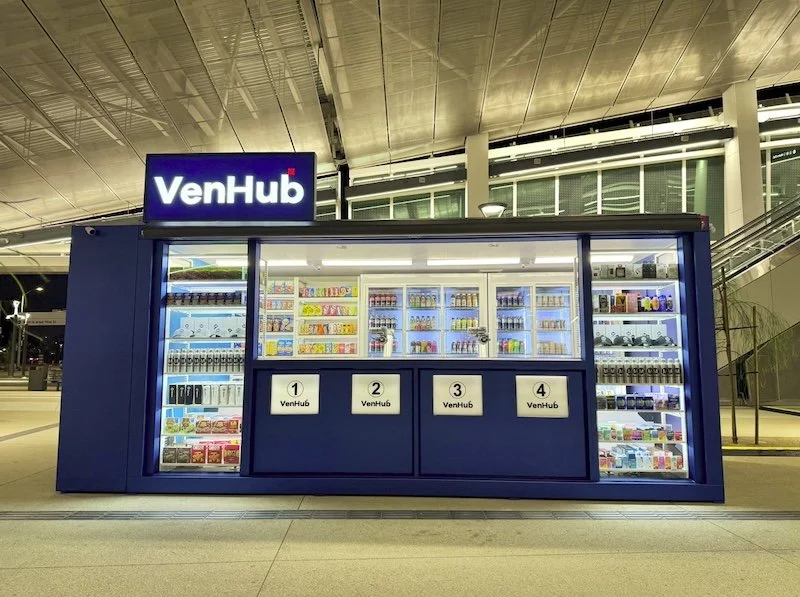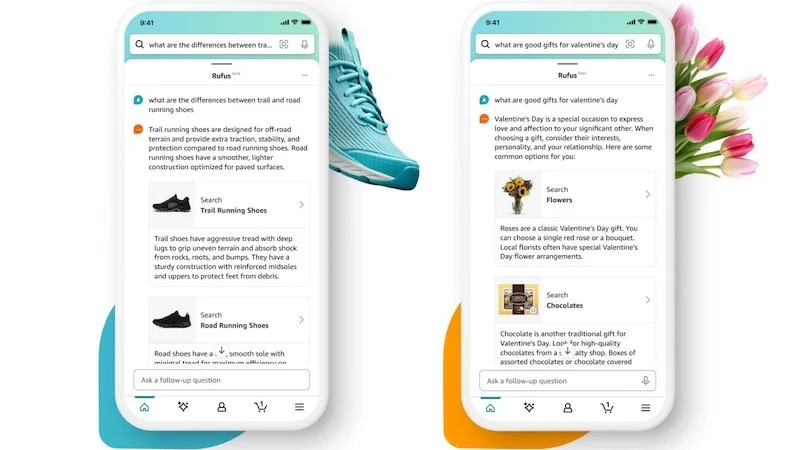HomeByMe research focuses on supercharging home improvement customer experiences
Home improvement retailers are under constant scrutiny today. Every customer interaction, whether online or in-store, is a chance to earn a positive review – or risk a negative one. And a staggering 95% of consumers read online reviews as part of their purchasing journey for home products (Brand Rated).
So, how can furniture and DIY retailers consistently deliver top quality customer experiences?
The answer lies in innovation, personalisation, and a seamless omnichannel approach. HomeByMe research shows that digital first companies are 64% more likely to have exceeded their top business goals.
Understanding customer expectations
The first step is to understand what customers are looking for when they choose a retailer. When asked "What are the three most important factors for you when choosing a furniture or DIY retailer to buy from online?" by HomeByMe’s recent consumer survey, respondents highlighted:
· Reputation of the retailer or brand (58%)
· A wide range of products and product availability (57%)
· A fast, user-friendly website experience (44%)
From this, home improvement retailers can see that nothing matters more than brand reputation.
To establish a great brand reputation, every single touchpoint in the customer journey must be optimised and interconnected to ensure consistently positive experiences.
The move to multi-channel buying has happened. If customers can’t transition from channel to channel in a smooth way as they go through their purchase process, they aren’t going to be pleased.
Half of consumers say they tend to browse online and buy in-store, while 54% are likely to see a product in-store and buy online (Shopify).
And there’s plenty more data to back up the trend – in 2023, 36% of consumers said their preferred way to shop is omnichannel (HomeByMe), and 86% of consumers now expect retailers to know them as they switch from channel to channel (Gladly).
So, how can home improvement retailers enhance both online and in-store shopping experiences, and how can the gap between the two be bridged?
Let’s take a look.
Improving the online experience
66% of consumers said they made an online home purchase in 2023 and 47% said they look for inspiration online (HomeByMe). Personalisation is the key to sparking their imaginations at the ideas stage, increasing basket size, and making a memorable online experience.
But just presenting DIY and furniture products from a catalogue in 2D is not enough these days – this simple approach will leave customers feeling flat. 71% of customers expect home improvement retailer websites to have functionality that allows them to customise products on their sites and view them in-situ (McKinsey).
This means that interactive 3D planning solutions are critical to success. By making it easy to design whole projects online, these tools put customers in the shoes of a designer and create a truly immersive experience.
And, through the production of sharable high res renders, they spread awareness and extend engagement with home improvement brands.
Augmented reality (AR) is also quickly gathering momentum. In 2022, 38% of US adults were at least somewhat interested in trying AR while shopping (Insider Intelligence). Customers can superimpose items into their spaces to see how bespoke products will look, giving them the confidence they need to take the plunge.
Improving the offline shopping experience
Although many customers are going online for home improvement projects, brick-and-mortar stores still play a big part. 53% of consumers in HomeByMe’s survey said they want in person advice, and 29% cited this as the most enjoyable part of the buying process.
To make this experience really enjoyable, sales staff have got to be knowledgeable. It’s hard to know everything about the huge range of products that furniture and DIY retailers sell, but online 3D planning tools put all of this information right at employees’ fingertips, making personalized interactions easy.
Armed with 3D planners on tablets, sales staff and customers can pick up on projects started before the store visit, eliminating wasted time spent at computers creating new designs. The right tools enhance every in-store interaction, and customers get great value from their visits.
Visual merchandising and sustainability initiatives are nice-to-haves, but technology integrations like the ones just discussed are the things that will really impact the bottom line.
Improving the web-to-store experience
HomeByMe – a Dassault Systèmes brand – offers a dedicated range of web-based 3D retail solutions that connect online and in-store touchpoints throughout every phase of the purchase journey.
Let’s explore what they have:
Product configurators
Powered 100% by the cloud, the solution allows customers to begin tailoring products at home and continue in-store with sales experts. With photorealistic 3D views, users can see each feature in detail, and the AR functionality means they can visualise how products will look in-situ.
3D room planners
This visualisation solution lets customers quickly and easily design rooms with any products from a catalogue and get advice on the same projects in-store. Design issues are flagged in the platform and shareable 3D renderings are produced in seconds.
Retail operations
The cloud-based sales operations manager automates every stage of the purchase journey and is a single source of truth for data that requires minimal training for effective use. The technology expedites administrative tasks and creates time for sales to provide exceptional customer interactions.
As DIY and furniture retailers know, it’s common for home improvement projects to span across more than just one room, so by leveraging these tools to engage customers on a deeper level and improve sales interactions, it’s possible to transition from product to project selling and drive repeat business
Looking to the future
For forward thinking home improvement retailers, the future is extremely bright – there are countless opportunities for innovation and growth. By embracing the latest technologies and focusing on delivering personalised, immersive, omnichannel journeys, brands can delight and inspire customers.
DIY and furniture retailers are the experts in their fields, and by leveraging knowledge of market dynamics and customers alongside innovations brand relationships that will last for decades can be established.
For home improvement retailers wanting to dive deeper into how to achieve a five star customer experiences, download HomeByMe’s guide.
HomeByMe has compared hundreds of online reviews of DIY and home improvement businesses to pinpoint exactly what it takes to get the best reviews. They’ve found the most effective ways to bolster retail strategies and highlighted the steps already taken by leading home improvement retailers.

































Continue reading…